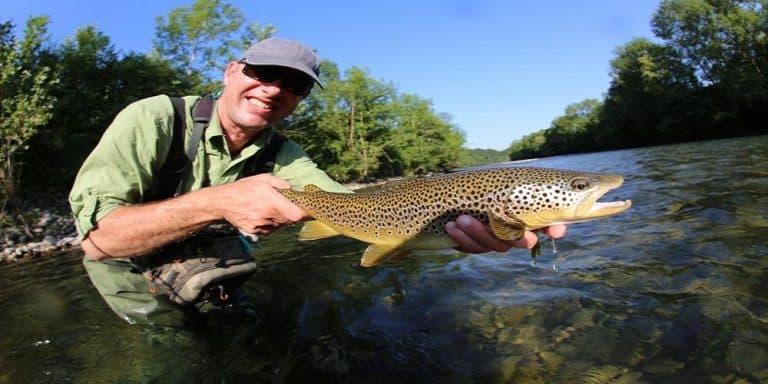Hiring for landscaping means stacks of paperwork, especially as spring gears up. Keeping things simple starts with having the right forms ready. Miss a step and you risk confusion or even fines.
To avoid that, check out this practical list. See what documents might be missing from your own setup.
1. Offer Letters
A candidate passes all interview phases. Everything about them checks out, and you see them fit for your organization.
An offer letter puts every key detail in writing—job title, start date, wage or salary rate, seasonal schedule specifics, and benefits terms. Clear language prevents misunderstandings when spring’s workload grows unpredictably fast.
2. Job Descriptions
Spring crews can only move as fast as their instructions allow.
Well-written job descriptions outline daily tasks, equipment care, skill expectations, and even safety requirements. Staff know what to handle before trouble finds them.
Precise roles mean fewer missed steps and happier clients when every minute matters most during the busy months.
3. Verification of Employment Letters
Banks and landlords often call for proof when your crew applies for loans or leases. A signed verification letter reassures third parties that you employ whom you say you do, with clear dates and roles listed.
And thanks to reliable online tools, generating one is easy. Quick access to an employment verification letter template saves hours since it guides your process from the start.
4. I-9 and W-4 Forms
Tax paperwork and identity checks can feel tedious in spring hiring rushes.
They’re often easy to miss when starting a landscaping business, especially if you move fast with seasonal staff.
But as long as you have employees under your payroll, federal law says these forms are non-negotiable for compliance and smooth paydays.
5. State New-Hire Reporting
New employees mean more than names on a roster. Each state wants updates when someone joins your payroll, usually within days of hiring.
Registering promptly helps avoid penalties and supports things like child support enforcement behind the scenes for your team members.
6. Safety Training Logs
No one expects accidents, but records matter when they do happen. Training logs confirm that staff review equipment safety basics and know the OSHA guidelines for landscaping and horticulture crews.
These details show what each person covered, from PPE use to chemical handling, giving proof you trained before problems start.
7. Pesticide and Heat Safety Acknowledgments
Sun exposure and chemical use increase the risks in landscaping.
Acknowledgment forms confirm every crew member understands warnings about:
- Pesticides,
- First-aid steps,
- Heat stress symptoms,
- And hydration plans.
You create a paper trail showing everyone learned what’s needed for safety as conditions get tougher during peak season.
8. Equipment Issue Forms
Handing out mowers or trimmers without paperwork can lead to confusion or loss. These forms list exactly what gear each employee receives and in what condition.
If something breaks or goes missing, you know who had it and how to follow up responsibly.
9. Timekeeping Policy Sheets
There are many renewable resources, time isn’t one of them. Clear timekeeping rules set expectations for clocking in and out, break times, and overtime approval.
This helps avoid payroll errors or disputes when long hours creep up during the height of landscaping season.
10. Direct Deposit Authorization Forms

Why would you need a paper trail for how someone gets paid? Bank details change and misunderstandings can pop up fast during payroll crunches.
Signed authorization forms protect both your team and the business, making sure every paycheck lands in the right account on time, every time.
11. Incident Report Templates
Unexpected cuts, equipment damage, or near-misses can happen fast outdoors. Having a template ready makes it simple to collect names, dates, what happened, and witness statements in one spot.
Besides helping your insurance process run smoother, it shows you take safety and responsibility seriously on every job site.
12. Termination Checklist
When the peak season ends, you may not need as many employees as you had at the start. That’s when many contracts come to an end. A solid termination checklist covers:
- Last paychecks,
- Key returns,
- Exit interviews,
- And COBRA notices, if required.
With everything listed out, final paperwork gets handled on time, and returned equipment is accounted for properly.
Endnote
A well-organized paper trail turns the seasonal rush into a more manageable routine. Even small crews benefit from clear steps and less guesswork. The right forms keep surprises to a minimum, letting your team focus on jobs that actually build your landscaping business.














